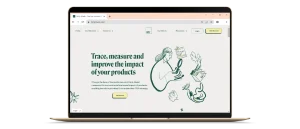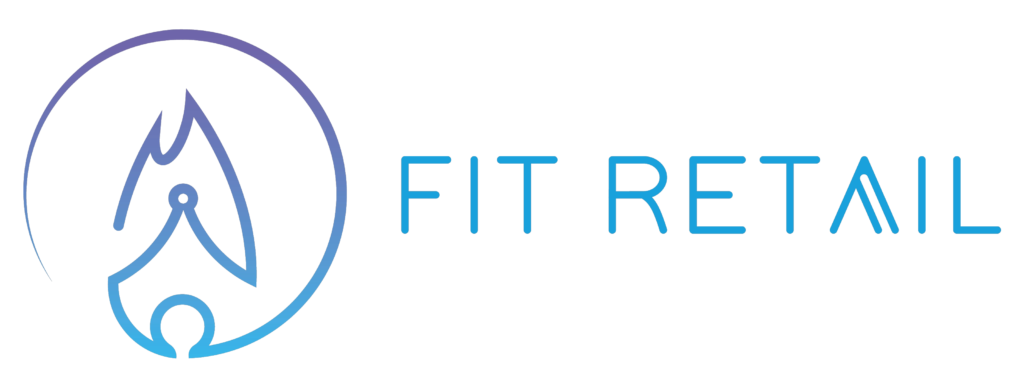The global climate and social emergency has brought about a significant transformation in the textile industry. As a result, Consumers are increasingly aware of the environmental and ethical implications of their purchasing choices. At the same time, governments and European organizations have introduced stricter regulations and standards concerning sustainability and ethics within the industry. In this article, discover the 5 environmental platforms that will revolutionize the textile sector.
These environmental display platforms meet the need for transparency and traceability. The aim is to provide consumers with easy access to the origins of products (where they are manufactured), the presence of microplastics and, more generally, their environmental impact.
In France, the decrees concerning environmental labelling in textiles and footwear have not yet been published, yet innovative platforms are already in place.
ADEME chose In Extenso Innovation Croissance to carry out a cross-sectional evaluation of the 11 proposed methods. Currently being tested by various brands, these 11 proposals for environmental methods approach the complex issue of traceability and impact calculation from different angles.
We’ve therefore decided to highlight 5 of these platforms, which have already been successfully implemented by numerous brands, to give a concrete illustration ofenvironmental labelling in the fashion sector.
What are these 5 environmental platforms?
1. Environmental platform: Fairly Made

Fairly Made is a platform that works with numerous brands such as SMCP, Ba&sh, Etam, Asphalte, Balzac…
Fairly Made offers 2 access options:
Firstly, in-store: a QRCode is visible on the product’s cardboard label.
Secondly, on the e-commerce site: a specific link on the Product Sheet is proposed (e.g. “Traceable part”).
Both provide access to information such as :
- Item composition (main and other materials)
- Material information such as certification (e.g. GOTS) or recycled fiber information
- Traceability trees by material (particularly detailed at Fairly Made*).
- Information on environmental impacts such as CO2 consumption, use of renewable or non-renewable energies, phosphorus sent to freshwater, etc.
- Product recyclability.
Here’s an example of a striped dress on the MAJE website.

*As a reminder, the mandatory data are weaving/knitting, dyeing and manufacturing, with the country of origin for each. For MAJE, Fairly Made has chosen to provide more detailed information, such as the country where the spinning was carried out. Ditto for the Finishing stage.
What we liked: The information displayed is clear and comprehensive. The display and presentation of data is very easy for the consumer to understand. This platform goes further than legal traceability requirements. It also proposes greater transparency on product packaging.
2. Environmental platform: Glimpact

Glimpact is based on the European PEF (Product Environmental Footprint) method. The latter is designed to harmonize environmental assessment methods, providing a comprehensive overview of the environmental impact of products, services and organizations.
Glimpact is used by Decathlon, Lacoste, Tape à l’Œil, Dim, Aigle, Beaumanoir etc…
For Decathlon, for example, the information is displayed on the e-commerce site’s product sheet. In our example, it includes CO2 consumption and an environmental rating.

What we like about it: it lets you compare your rating with other products in the same category. It also suggests transforming the score obtained into a real-life situation (car mileage, showers, etc.).
3. Environmental platform: Clear Fashion

Pimkie, Cyrillus, Petit Bateau, Adresse etc… uses Clear Fashion .
On product pages, this platform presents information on the country of origin of the various operations used in the manufacture of the product. Information is also provided on the percentage of recycled materials and microplastics rejected during wash cycles.
You can also find out about the brand’s unsold stock practices, the number of collections per year and the second-hand and repair services it offers.

What we like about it: the addition of a qualitative overlay dealing with points that are little exploited on other platforms, such as waste and unsold goods, repair service, second life…
4. Environmental platform: FootBridge

Footbridge is a platform developed by Green Score Capital. Brands like Aigle, ICode, Ikks, One Step… use this solution!
As on other platforms, it displays :
- The proportion of recycled material
- Information on the country(ies) of manufacture, with details of each stage of production
- Information on the means of transport
- Access to plant geolocation
- The company’s commitment to environmental issues.

What we liked: the clear display, the use of widgets to geolocate production plants and product provenance.
5. Environmental platform: Ecobalyse
The French Ministry of Ecological Transition has also developed another application. This is the ecobalyse . This simulator is an open tool, designed to help build the methodology, raise brand awareness of environmental display platforms and complement existing private tools. Nevertheless, it uses a fairly simple level of calculation.

Environmental platforms in a nutshell…
In conclusion, each of these platforms provides consumers with the information that has been mandatory since January 1, 2023 for companies with sales of over €50 million:
- Traceability (Weaving / Knitting – Dyeing – Manufacturing)
- Recycled materials
- Presence of microplastics / hazardous substances.
In short, even before validation of the definitive environmental display method to be adopted in late 2003 / early 2024, and the associated criteria that will enable a score to be displayed for each textile and footwear product, these platforms are already providing interesting indicators such as carbon impact or water eutrophication.
In this way, they contribute to a positive transformation of the textile sector by encouraging greater social and environmental responsibility. To find out more, please see our article onenvironmental labelling and data collection.

